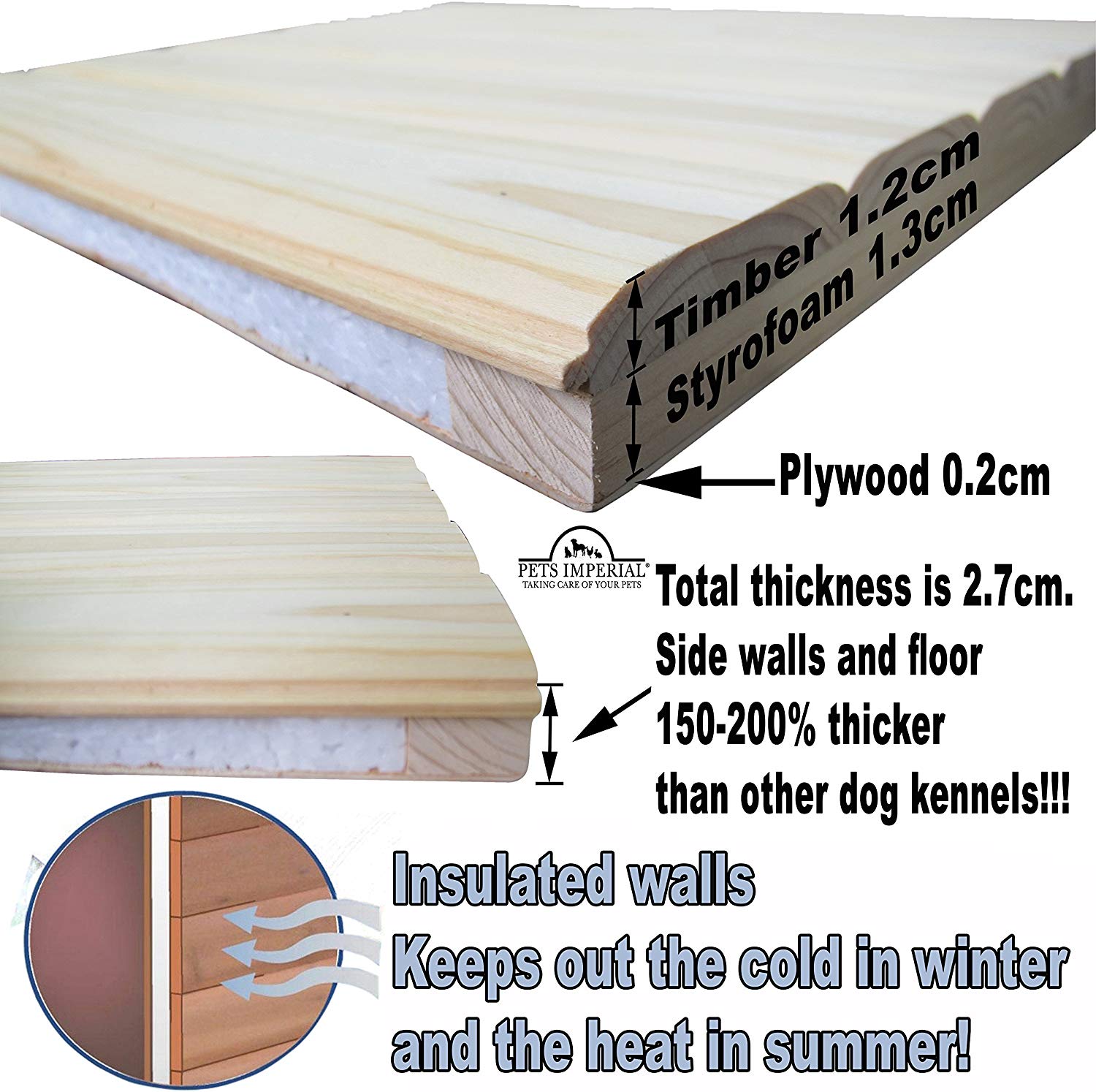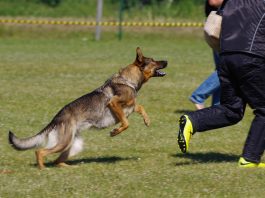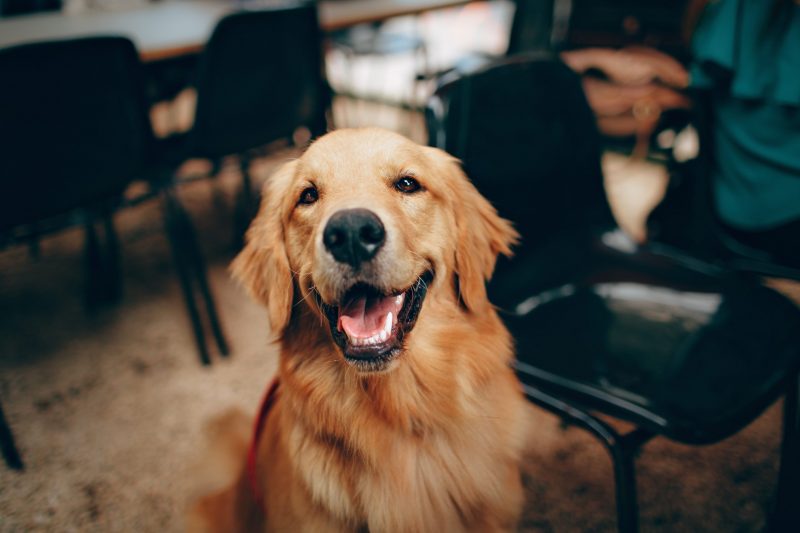As winter approaches, providing your furry friend with a snug haven becomes an essential part of responsible pet ownership. In this guide, we unveil the Essential Tips for Insulating A Dog House, ensuring your canine companion enjoys a Winter-Ready House that shields them from the chill. From materials and methods to practical considerations, we delve into the key elements that will transform your dog’s dwelling into a cozy retreat. Prepare to embark on a journey of warmth and comfort as we unveil the secrets to crafting a haven that stands resilient against the winter cold, making your dog’s house the ultimate winter sanctuary.
If you notice your dog sleeping outside their house, you must give look to the house. In winter, dogs need an insulated house. Make sure the dog house is insulted. If not, then you can insulate it at home or get a new insulated house. But before insulation, examine the house properly if it’s already very old. Then follow the steps for insulating a dog house for winter.
If your dog sleeps outside in its own house, insulating a dog house is essential for winter. Our dog should be warm and comfortable all year round but even more so when the colder weather comes.
Insulating A Dog House For Winter: How to Proceed?
Table of Contents
There are two key areas we will focus on in this article.
- How To Insulate a Dog House
- Buying a New Dog House that is already insulated
Throughout, we will try to provide you with the information that will help you have the high-insulated dog house for your dog in any weather conditions.
Insulating a Dog House
First, check that your dog’s house is in good condition. I sulating a worn, rotten dog house is not ideal- if you are capable, then repair your dog house first. F low these quick steps to try and have the high-insulated dog house;
Repair Damage
Initially, the repair form is to waterproof the dog house before insulating. Bu ng a waterproof gap filler will help support this. Chewing all around the dog house and filling up any areas on the walls, floors or roof to ensure that the dog house can keep any heat in and the cold / rain out. Caul ng and plywood generally work for small or more significant holes.
Raising the Dog House
Raising the dog house from the floor is a great way of protecting the floor. Sever surfaces can be a big deterrent to your dog’s house floor. Concrete is a very poor insulator along with snow and ice (for obvious reasons). The grain is also an inferior surface for a dog house because it gets cold and wet.
Raising the floor using joists etc., will help with the insulation. A couple of 2×4 and making a simple frame for the house to sit on will be great. Another g eat base is wooden pallets which can be picked up for local scrap yards.
Insulating All Around the Dog House
Using 2×4, build a simple frame on all the flat surfaces (floor, walls and roof). Polystyrene or Styrofoam are the materials to use when insulating your dog house. Once you have completed your wooden frame, then place the Styrofoam or polystyrene in and use a stapler to fix it. Place a pl sheet over the top of the insulation and then nail down. This will e sure the insulation is buried behind the ply sheets and keeps your house insulated well.
Lining the Floor
Now, the ultimate way to line the floor of a dog house is to use some straw. An excellent healthy parasite-free straw is a great insulator for any dog as it doesn’t get or freeze. Dogs love sl ping on straws. Purchase a nice thick thermal blanket over the stray layer to prevent movement.
Doggie Flap / Door
Dog Flaps or Doors are a great addition to your house and even greater for a dog house. These will he prevent the rain and wind from getting into your home. There are many videos and instructions to make your dog flap or door or purchase a pre-made one.
Final Safety Checks
Final checks for loose nails and screws or splinters is a must. The last thing you want to do is insulate the whole dog house, and then your dog gets injured on a stray nail.
How to Make and Keep a Dog House Warm in the Winter?
Adding a commercial-style heater into a dog house can be a quick way to get a dog house to stay warm. The problem with this is the cost associated with doing this. Finding a more stable and cost-effective way of keeping your dog’s house friendly can be challenging. Keeping the dog house dry and warm inside is also a challenge. There are many quick and simple ways of doing this.
Insulating a Dog House
Dogs are great at generating their body heat, which keeps the dog house and blankets warm. If you insulate your d ‘s home correctly, it will manage to stay warm for a much longer time. Covering all holes and gaps in the dog house with the proper insulation will prevent any warm air from escaping.
Raising the dog house away from the floor and then insulating it with straw and a blanket will ensure the dog is warm at all times. The comfort of the blanket and the warmth your dog generates will help keep the house and your dog warm and comfortable in the coldest of temperatures.
Using an Industrial Heater
Many heaters manufacturers now have simple plug and play heaters which are great accessories for a dog house. Heat mats are also another great accessory that can be plugged in and warm your doggie up from below. This is great if covered th a blanket, so your doggie doesn’t get too warm and stays comfortable. Keep monitoring the electrical outlet when using these types of blankets, as you don’t want your doggie chewing through the wire. Also, ensure the temperature is not set too high, so your doggie doesn’t get burnt.
Purchasing a heated dog house will prevent such accidents, but this might not be the right option as it is more costly.
Custom Heating
Lights can be a great source of heat, especially in such a small space as a dog house. Incandescent bulbs are the b t bulbs to use if your dog cannot reach the bulb with its head or come in contact with it at all. Fitting a fireproof surround the bulb is another great way to keep your doggie safe from burns.
There are pet-specific bulbs available that are red. These are much safer than white bulbs as they can prevent your doggie from losing sleep due to the brightness.
Heat Wastage
The heat from your house is also another great way of giving your doggie house some warmth. A Dryer hose is a safe way of e rating heat from home (using a fan) and pushing it through the hose into to doggie house. Drill a hole larger enough to ta the aluminium hose. Then connect the hose to the dog use and your home. Heat will flow through the hose in the dog house. You can increase the amount of heat y using a fan to blow more warm air.
Winter-Ready Comfort – Crafting a Cozy Haven for Your Canine Companion!
In wrapping up our guide, “Essential Tips for Insulating A Dog House,” we lay the foundation for a Winter-Ready House that prioritizes your dog’s well-being. As you implement these crucial insulation tips, envision the warmth and comfort that will envelop your furry friend during the colder months. With a title that reads “Winter-Ready Comfort,” we invite you to embrace the satisfaction that comes with knowing your canine companion has a snug and insulated sanctuary, ready to weather the chill. Prepare your dog’s house for the season ahead, and witness the joy that arises from providing them with a cozy haven that truly stands the test of winter.
Hope you liked this article on insulating a dog house to be helpful. I wanted to provide a quick checklist on insulating a dog house for winter. I am no professional, so please feel free to do your research, but these are the quickest and possible solutions I have found that works for me.




